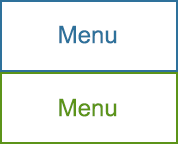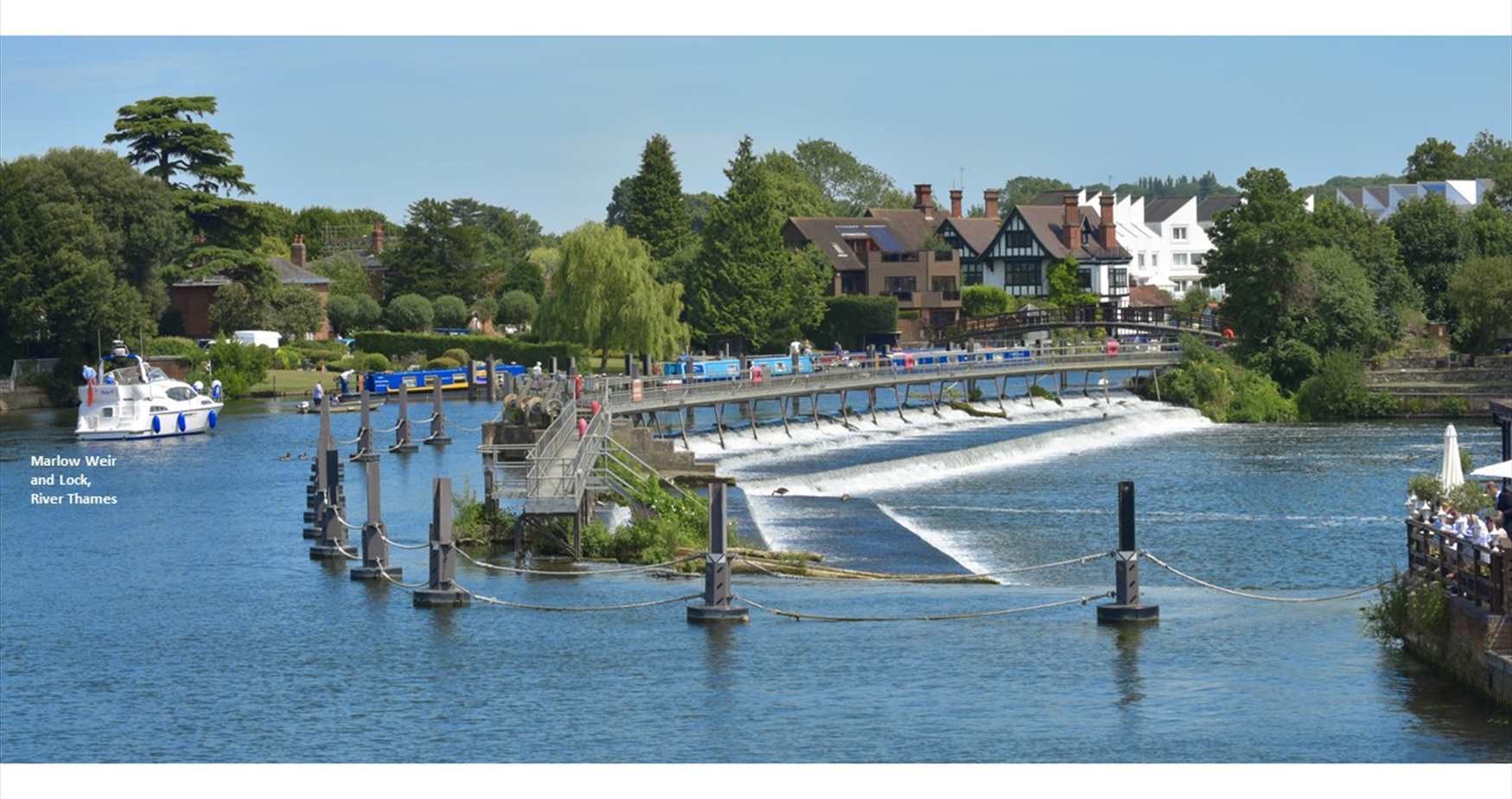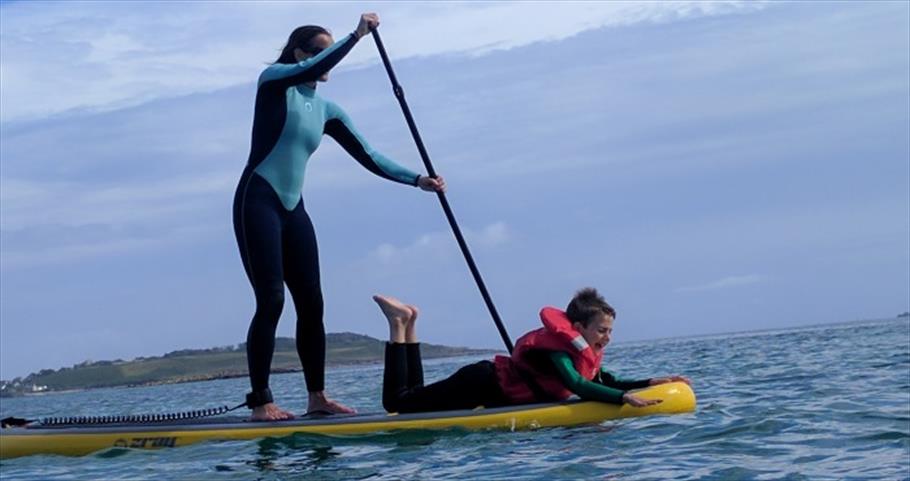You are here: Things to Do > Boating on the River Thames > Stand up Paddle Boarding
Stand up Paddle Boarding on the River Thames
Stand up Paddle Boarding (SUP) is great fun for all the family and is the world’s fastest growing water sport. It’s a great way to discover the River Thames. The original boards were oversized surfboards, but today they are inflatable stand-up paddle board (I-SUP, or SUP for short), which pack down small enough to be stored in the boot of a car, and can even be carted about on trains!
What is stand up paddle boarding (SUP)?
It’s a mix of surfing, punting and canoeing and you stand on a board on the water using a single oar to propel yourself along.
Tips for paddle boarding
- Perfect Balance: Paddle boards are more stable than they look. Stand or kneel as close to the middle of the board as possible. Stand up straight, feet hip-width apart, put a slight bend in your knees.
- Don’t become separated: Most boards will have a leash. Put the leash on before you get on the water. You should wear it on your most dominant leg, just above your ankle.
- What to wear: Check the weather shorts, tshirt, flipflops (or go barefoot) and a spare pair of dry clothes and towel is really all you need in good weather. If the weather is colder; trainers, thermals and waterproofs or wetsuit.
- How to get on and off: Start by kneeling and transferring slowly onto the centre of the board with knees hip width apart. Once you are ok on the board, stand up slowly. Reverse the process for getting off.
- Holding the paddle and moving: One hand should be holding the top of the paddle and one should be midway down. Short strokes keep the board moving and in a straight line. Pull the water back from the front to your feet.
- Turning: The easiest way is to take two long strokes from the front to the back on one side, and then two long backward strokes on the opposite side from the back to the front.
- Go with a friend: It’s more fun, and you can help each other if you get into difficulty.
- Keep in touch: tell someone where you're going and when you'll be back. Don't leave the house without a mobile phone and a waterproof pouch.
- Check the weather forecast and avoid windy days and check the water levels and restrictions on the river here.
- Always wear a personal flotation device. This can be a buoyancy aid or a lifejacket.
- Having a few training sessions can teach you the right technique, so it’s more stand-up and less fall-in paddleboarding!
We hope these tips are helpful and have fun.
Useful links:
BSUPA (British Stand Up Paddle Association)
Have a go at Stand Up Paddleboarding on the River Thames with Moose Canoe and SUP Hire (SUP Hire UK) either collect from their base at Bisham or Shiplake or have an inflatable SUP delivered to your door.
.png)






